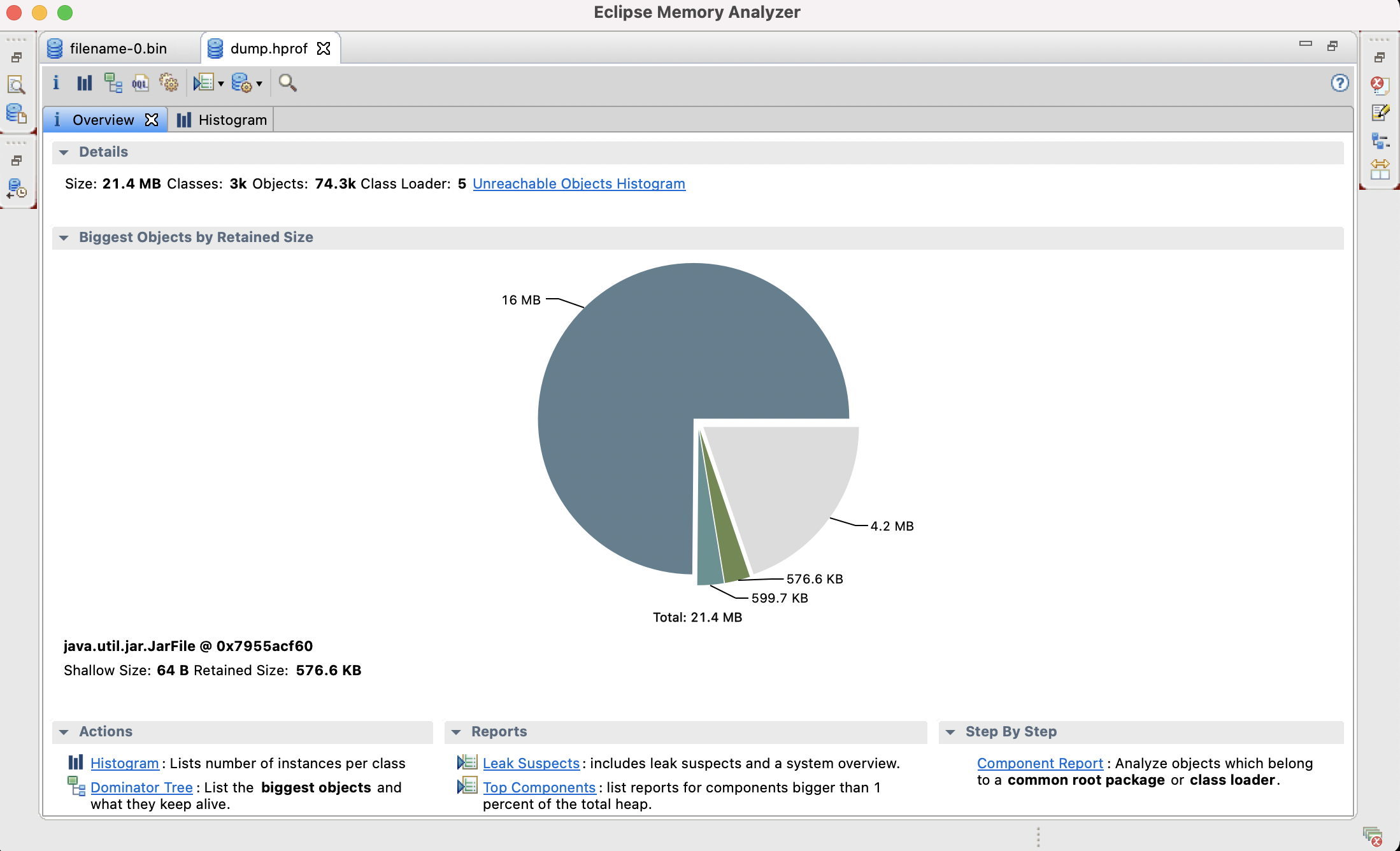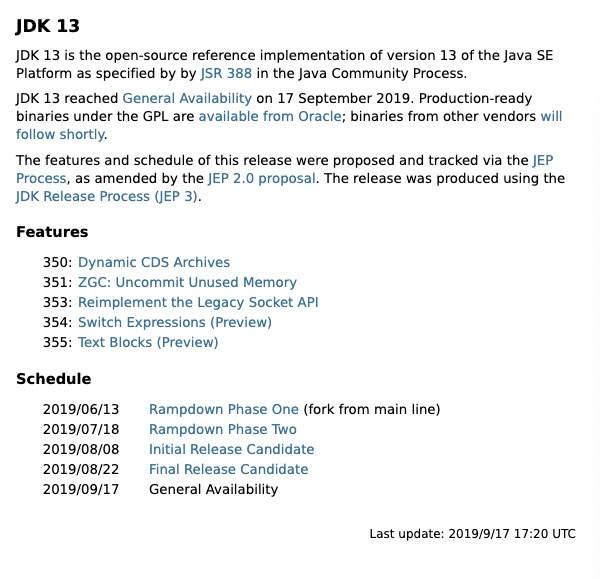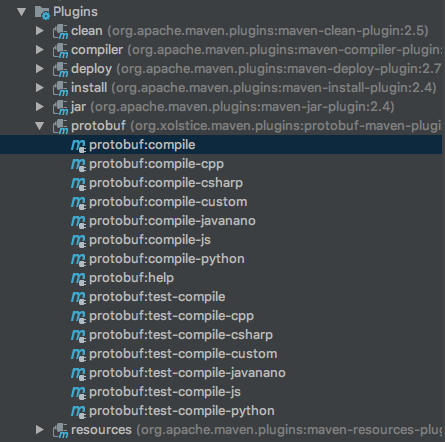CharSequenceReader类是以CharSequence的形式读取字符。CharSequenceReader类继承自Reader类,除了remaining()、hasRemaining()以及checkOpen()函数之后,其他的函数都是重写Reader类中的函数。
CharSequenceReader类有下面三个成员变量
private CharSequence seq; //存放字符序列
private int pos; //存放上述字符序列的下一次读
private int mark; //可以记录pos的位置,用于下一次重置到pos位置
CharSequenceReader类只有一个构造函数如下:
public CharSequenceReader(CharSequence seq) {
this.seq = checkNotNull(seq);
}
这个函数非常的简单,就是将seq赋值给CharSequenceReader类的seq,使得其他方法可以操作seq。
private void checkOpen() throws IOException {
if (seq == null) {
throw new IOException("reader closed");
}
}
private boolean hasRemaining() {
return remaining() > 0;
}
private int remaining() {
return seq.length() - pos;
}
上面三个函数是CharSequenceReader类专有的。checkOpen()函数主要是判断seq是否没有被清空,如果被清空了,抛出空指针异常;否则什么事都不做。其他的函数实现几乎都用到了checkOpen。hasRemaining函数主要是判断当前是否还有数据可以读。在CharSequenceReader类中提供了三个用于读seq中数据的函数,原型如下:
public synchronized int read(CharBuffer target) throws IOException public synchronized int read() throws IOException public synchronized int read(char[] cbuf, int off, int len) throws IOException
上述上个函数都是重写自Reader类相关的函数,read(CharBuffer target) 函数实现如下:
@Override
public synchronized int read(CharBuffer target) throws IOException {
checkNotNull(target);
checkOpen();
if (!hasRemaining()) {
return -1;
}
int charsToRead = Math.min(target.remaining(), remaining());
for (int i = 0; i < charsToRead; i++) {
target.put(seq.charAt(pos++));
}
return charsToRead;
}
先判断seq中是否没被清空;接着判断seq中还有数据可读与否,如果没有数据可读,将返回-1,;否则得到target和seq的最小可读空间大小,并从seq读取相应的数据于target中。其实target.put函数是将一个字符存放在内部char数组的相应位置上面去。read函数最后返回本次读取字符的个数。read()函数实现如下:
@Override
public synchronized int read() throws IOException {
checkOpen();
return hasRemaining() ? seq.charAt(pos++) : -1;
}
可以看出,这个函数实现相当的简单,先判断seq中是否没被清空;接着判断seq中还有数据可读与否,如果有数据可读,则返回seq中下标为pos的数据,且pos向后移动一个位置;如果没有数据可读,则之间返回-1。read()函数最多只返回一个字符。read(char[] cbuf, int off, int len) 函数实现如下:
@Override
public synchronized int read(char[] cbuf, int off, int len)
throws IOException {
checkPositionIndexes(off, off + len, cbuf.length);
checkOpen();
if (!hasRemaining()) {
return -1;
}
int charsToRead = Math.min(len, remaining());
for (int i = 0; i < charsToRead; i++) {
cbuf[off + i] = seq.charAt(pos++);
}
return charsToRead;
}
大题和read(CharBuffer target)函数实现类似。它主要是将读取的到字符存放在cbuf下标从off开始的位置,并且依次读取charsToRead个,最后返回本次读取到的字符个数。
接下来说说skip(long n)函数,它的实现如下:
@Override
public synchronized long skip(long n) throws IOException {
checkArgument(n >= 0, "n (%s) may not be negative", n);
checkOpen();
// safe because remaining is an int
int charsToSkip = (int) Math.min(remaining(), n);
pos += charsToSkip;
return charsToSkip;
}
主要是通过移动pos指标,从而达到忽略seq中charsToSkip 个字符。上面我们就说了CharSequenceReader类中大多数的函数都是重写Reader类的,阅读Reader类中的skip(long n)函数我们可以看到,它忽略了charsToSkip个字符的同时还保存了本次被忽略的charsToSkip个字符于char skipBuffer[]数组中。
剩下的几个函数为
@Override
public synchronized boolean ready() throws IOException {
checkOpen();
return true;
}
@Override
public boolean markSupported() {
return true;
}
@Override
public synchronized void mark(int readAheadLimit) throws IOException {
checkArgument(readAheadLimit >= 0,
"readAheadLimit (%s) may not be negative", readAheadLimit);
checkOpen();
mark = pos;
}
@Override
public synchronized void reset() throws IOException {
checkOpen();
pos = mark;
}
@Override
public synchronized void close() throws IOException {
seq = null;
}
都是比较简单的,ready()函数简单的判断seq是否没被清空,从而返回true或者抛出异常(见checkOpen()函数)。markSupported()函数只是简单的标识CharSequenceReader类支持标记这个方法。mark函数主要是记录下seq当前的下标。reset()函数是将当前的下标重置为mark。close()函数主要是清空seq中的数据。
我们可以从源码中发现,CharSequenceReader类中绝大部分的函数都是用了synchronized 修饰的,这使得每一次只有一个线程执行相关的函数(完)
原创文章版权归过往记忆大数据(过往记忆)所有,未经许可不得转载。
本文链接: 【Guava学习之CharSequenceReader】(https://www.iteblog.com/archives/741.html)









